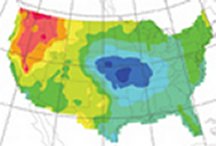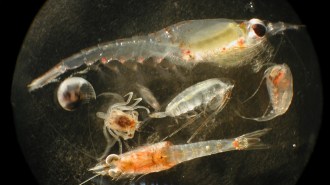Predicted increases in rain in parts of the Midwest may reduce the temperature effect that scientists expect from global warming during the next few decades.

Computer simulations of the climate in the lower 48 United States suggest that if atmospheric concentrations of planet-warming carbon dioxide rise about 1 percent per year, the average temperature across the region will be about 3°C hotter in the 2040s than it was in the 1990s, says Zaitao Pan, a climatologist at St. Louis University.
The climate models also suggest that low-altitude winds that bring moist air from the Gulf of Mexico to the Great Plains will be stronger in summer months in the 2040s than they were in the 1990s. That will boost Midwest precipitation by as much as 1 millimeter per day over the measured daily averages a decade ago, says Pan. Evaporation of the extra moisture will consume solar energy that otherwise would have warmed the region’s air. All told, summertime temperatures in some parts of the Midwest might end up only 0.5°C warmer in the 2040s than they were in the 1990s.
Any extra evaporative cooling in the Midwest might be a temporary phenomenon, warn Pan and his colleagues in the Sept. 16 Geophysical Research Letters. As global warming becomes more severe beyond the 2040s, the region might not continue to receive the palliative precipitation.







